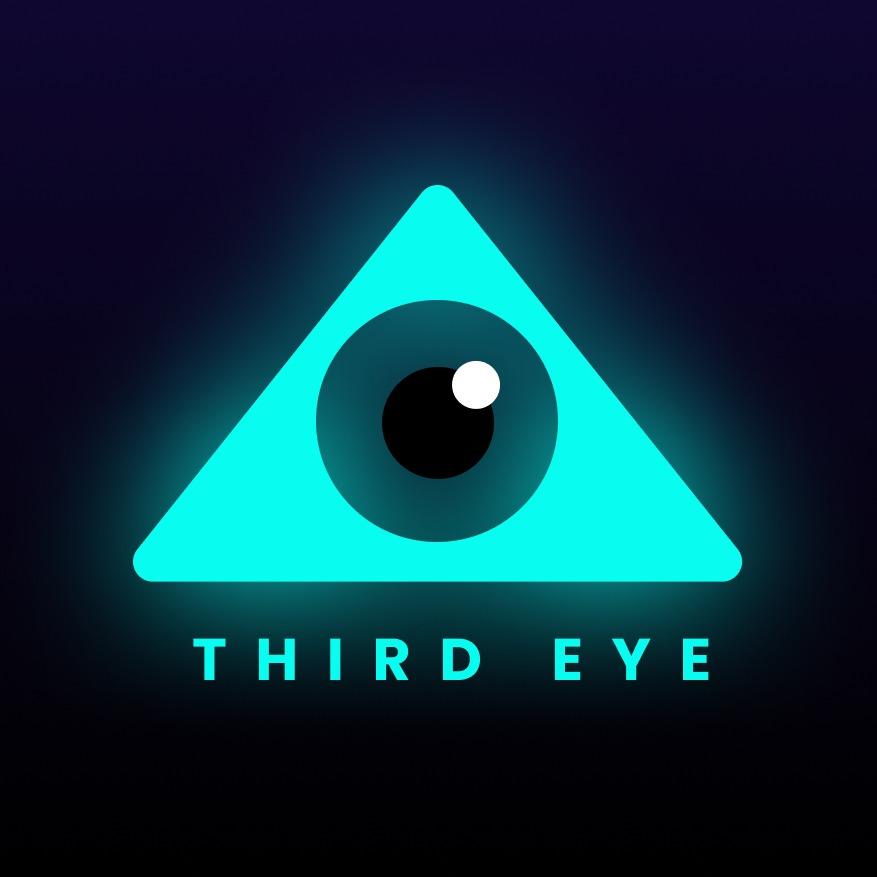Third Eye
Third eye is a cutting-edge security protocol that uses deep learning and artificial intelligence to track motor vehicles via a CCTV network and Maps out their location on Mapbox API for easy tracking
Created on 20th June 2022
•
Third Eye
Third eye is a cutting-edge security protocol that uses deep learning and artificial intelligence to track motor vehicles via a CCTV network and Maps out their location on Mapbox API for easy tracking
The problem Third Eye solves
According to Hindustan times and Indianexpress sources, India's motor vehicle thefts reached an all-time high of 36,177 in 2021, up from 33,128 in 2020, with an average of 95-100 thefts each day. The police were only able to solve 19.6% of these instances using the presently available resources and technologies, and the remainder of the cases remain unsolved to this day, resulting in significant losses for the owners of these automobiles. This is where our solution comes in, providing an effective method that will not only assist the authorities in more efficiently detecting the vehicle, but will also suggest a likely location where the vehicle could be found.
Our system maps out their location by accessing the data stored in our databases on a Maps API and helps the concerned authorities estimate the possible locations of the missing vehicles. This reduces the burden of finding the missing vehicles to a great extent and also provides a fast solution via a mast network of CCTV coverage.
Sherlock is a state-of-the-art real-time vehicle tracker which comes into play when alerts are sent to the CCTV network about active missing vehicles. Sherlock keeps on searching for those vehicles in real-time and notifies the department in case any vehicle is detected.
Challenges we ran into
Huge datasets to analyze, which required a lot of compute time, and the model was failing miserably on test datasets, necessitating repeated tunings to get the correct state. The backend continued failing to process requests, upgrade packages, and rerun the scripts to ensure everything was compatible with other components, it took a long time to locate flaws and solutions on StackOverflow to connect the two components. We encountered issues loading the model into the frontend and retrieving data from the frontend to be processed at the backend, Because the maps API and the webcam package for real-time detection kept failing to compile together, we had to create separate modules for both to ensure that both features worked properly, but discovered a few workarounds by consulting internet tutorials and code samples.
